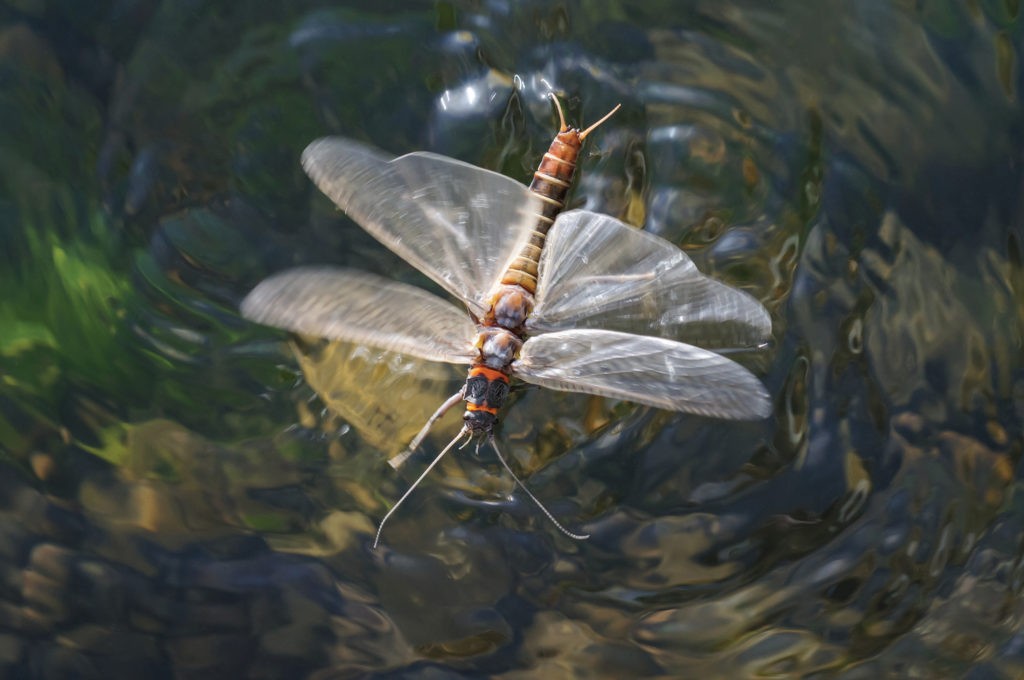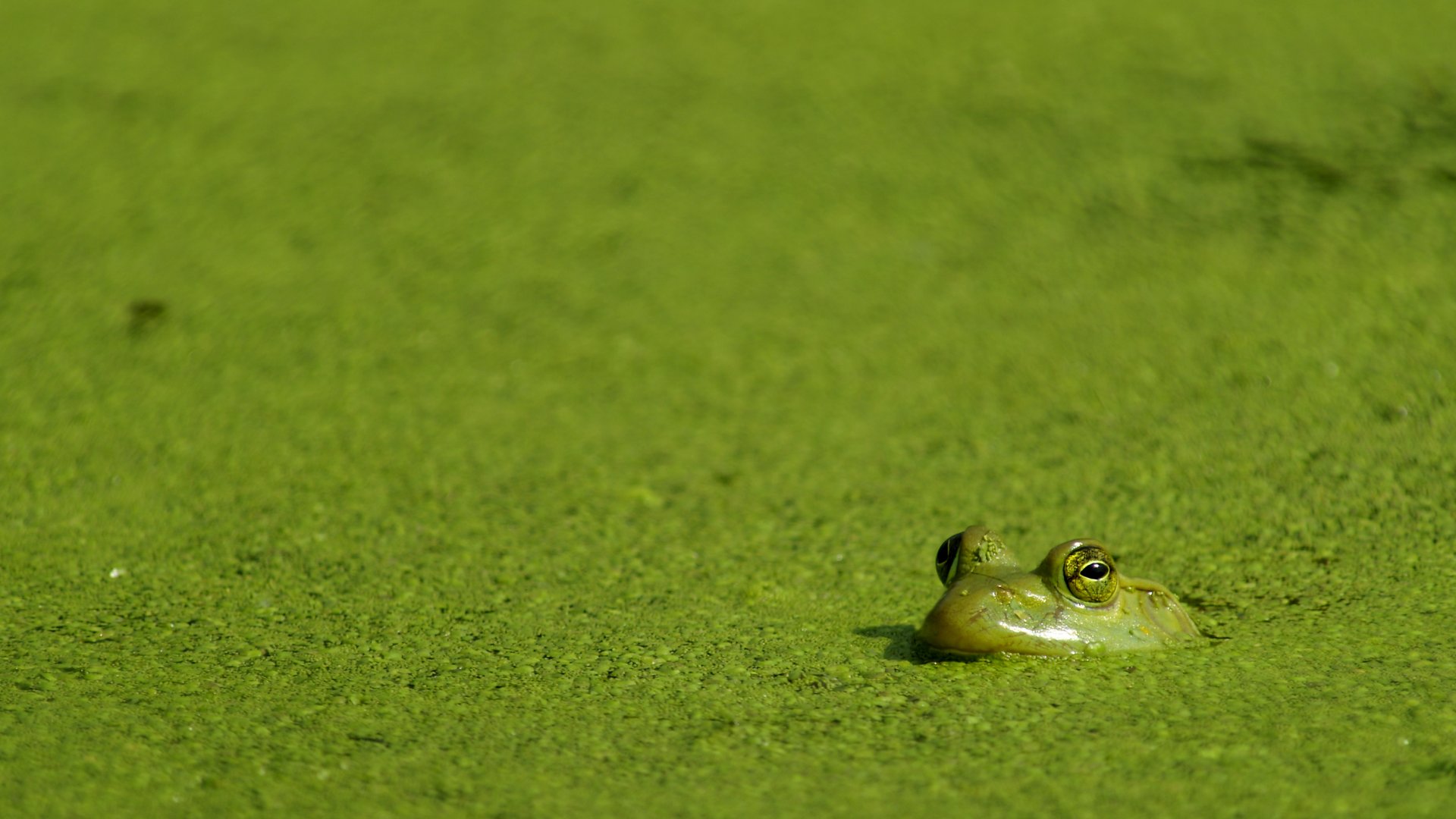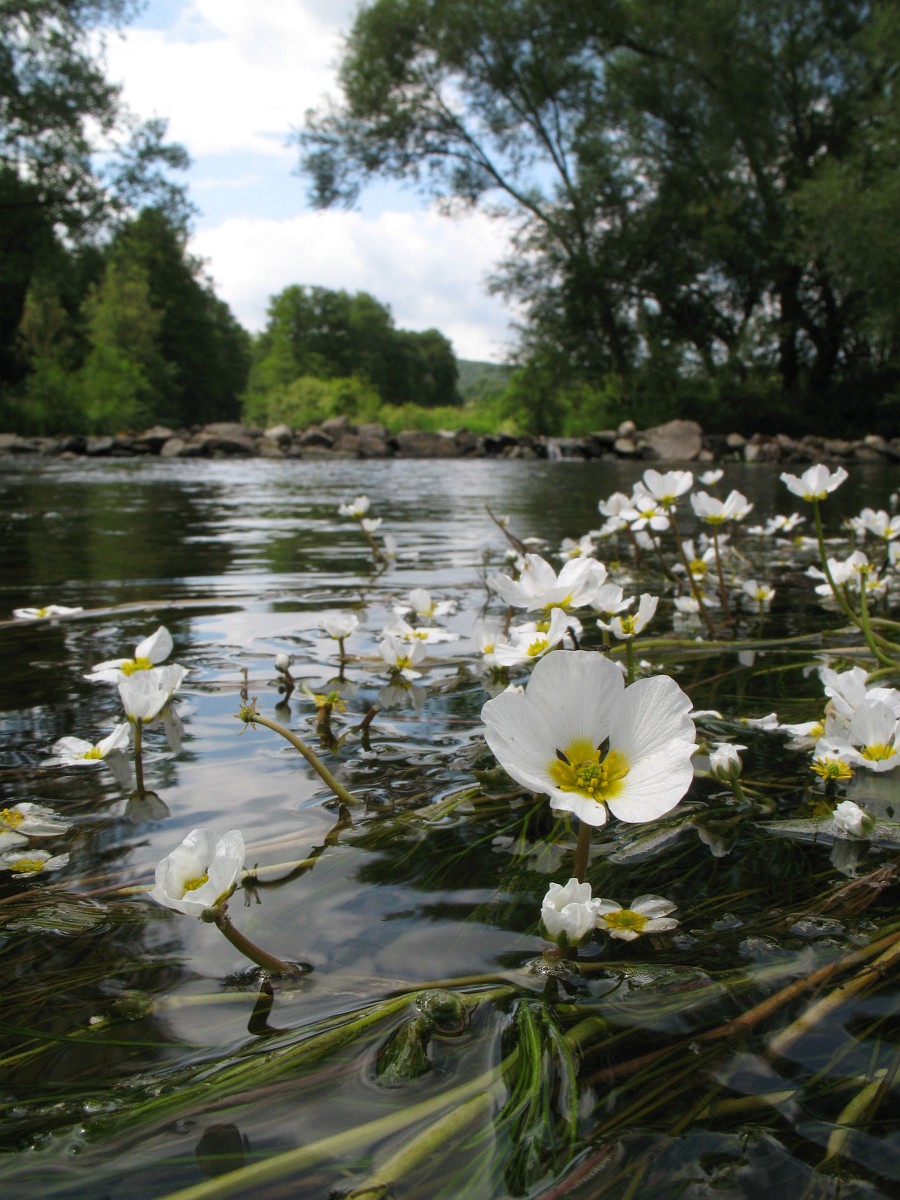Ecology

“Everything that we do, from the water we drink, air we breathe and food we eat is all dependent on the natural world. The processes that keep our reservoirs clean and the food in the fields growing are all underpinned by the wildlife - or biodiversity - that surrounds it, and without any of these, other species simply would not be able to survive.

“It is not, however, the mere presence of these species that matters most but their relationships with each other and how they interact to create a complex network of life. As individual species are then pulled from this web, the ecosystem in which they live eventually collapses.” - Natural History Museum report
This is a look at some particular aquatic species, protection of which drives our campaign.River-water crowfoot (Ranunculus fluitans)

There are several common species of ranunculus found in UK and Ireland rivers and lakes. Above the surface, the leaves of Ranunculus fluitans are very similar to those of other members of the buttercup family, while the submerged leaves are finely divided: characteristic of a truly amphibious plant. The flowers are at their best from mid-May until the end of June.
Slow to moderate paced lowland river reaches of shallow depth, especially where the river bed contains limestone, are places where this lovely water plant is most plentiful.
